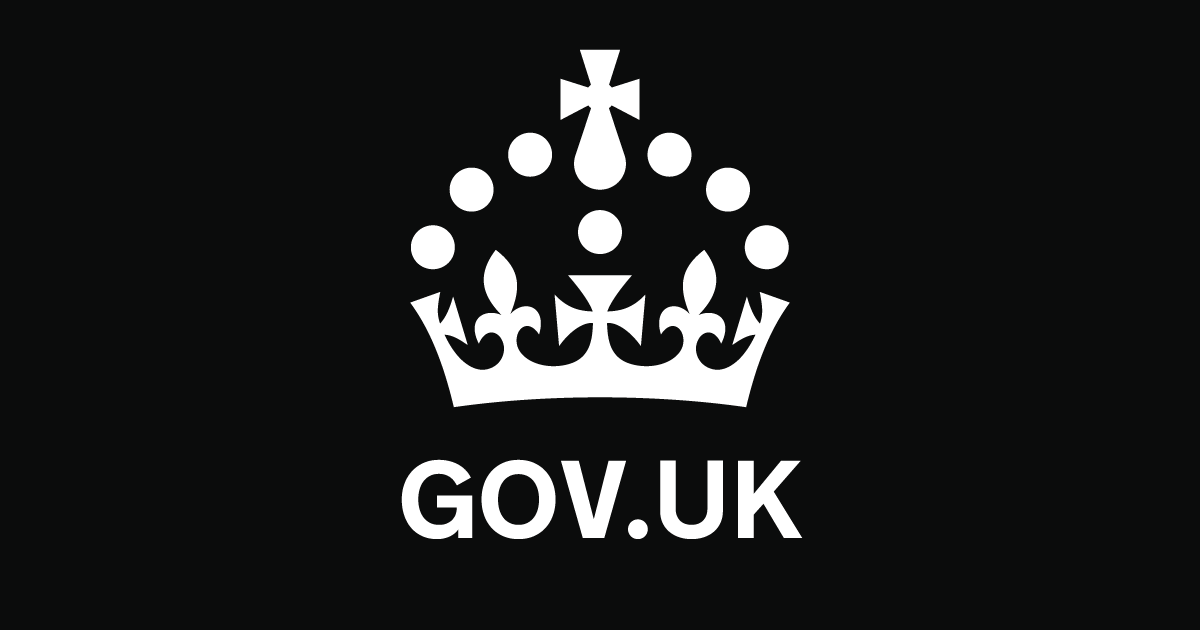For those that are curious where
@PPT ’s graph came from, it is part of the House of Common Library’s Tax Statistics Overview.
And it is important to note a few things to put the graph in to context:
1) The passage immediately following the graph in the report explains to some extent the increased concentration of higher tax receipts from those with the highest incomes in 2020/2021, namely an “increase in the share of total income going to those at the top of income distribution”. In other words, intensifying wealth inequality is contributing to a larger proportion of tax receipts coming from the top income earners. As this overview benchmark is 2020/2021, this issue will have only become more severe over the last few years, as the shift in income distribution accelerated during the pandemic.
2) It remains the case that the Top 1% of earners pay the lowest share of their income in taxes compared to all other percentiles. Indeed, the share of income paid is roughly half that of all other percentiles, meaning those outside of the top 1% contribute a much higher proportion of their income to tax receipts.
3) This graph does not fully factor in assets and pensions or the lack of consistent taxation of that class of wealth. According to the Office of National Statistics, the wealthiest 10% of households tend to hold their wealth in property and private pensions. For example, the richest 1% of households have an average pension holding of £2 million, while the average pension savings for households with a head between 55 and State Pension Age are just over £200,000. The asset divide, which allows the wealthiest to avoid higher tax burdens, also contributes to the increasing dire wealth inequality. As of 2021, the bottom 50% of the population owned less than 5% of wealth, while the top 10% owned 57% and the top 1% owned 23%. That wealth disparity has only grown over the last few years.
Individual-level results from the seventh round of the Wealth and Assets Survey covering the period April 2018 to March 2020.
www.ons.gov.uk
4) Per HMRC, the share of tax paid by both the top 50% of earners and the top 1% of earners has actually fallen as of 2023/2024. Meaning, the tax burden of the top half of the income distribution has actually decreased.

www.gov.uk
5) When advocates for higher tax rates on the top deciles of wealth holders say they just want everyone to pay their “fair share”, they don’t mean nominal tax amounts. In a progressive tax system the most wealthy will always pay a higher overall amount than the less wealthy. What they mean by “fair share” is an equitable percentage (proportion) of their overall wealth (not just their incomes, which are often artificially reduced to avoid tax obligations). That includes properly taxing assets like property, equity holdings, and pensions in a similar fashion to income.

www.gov.uk
